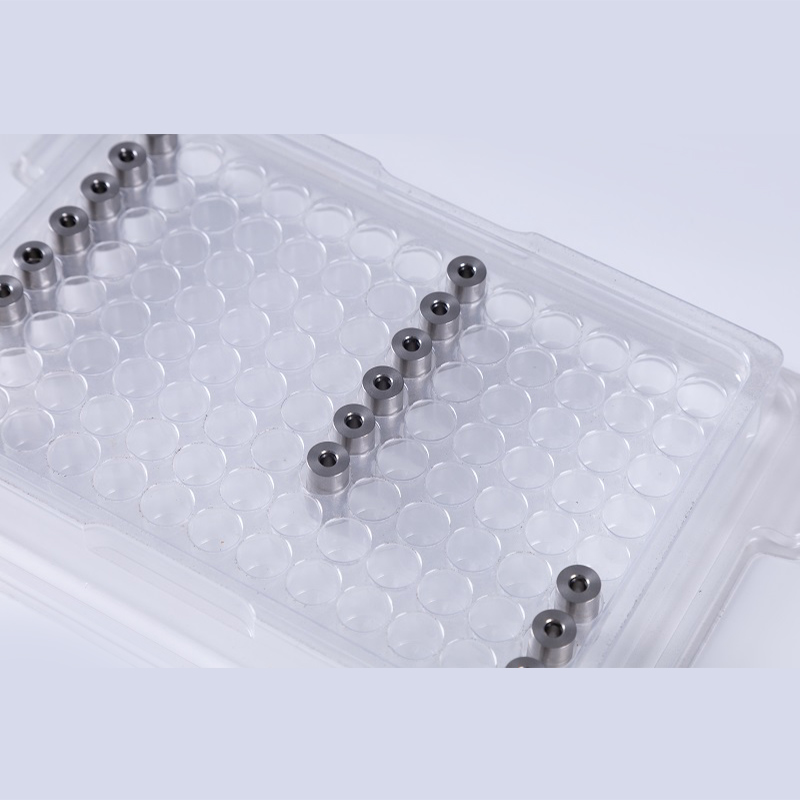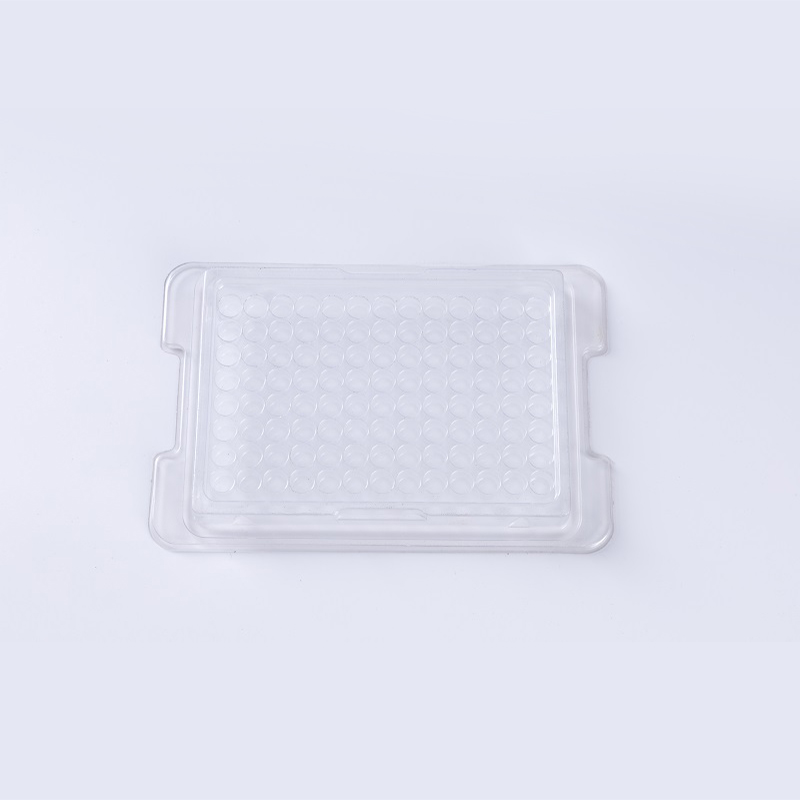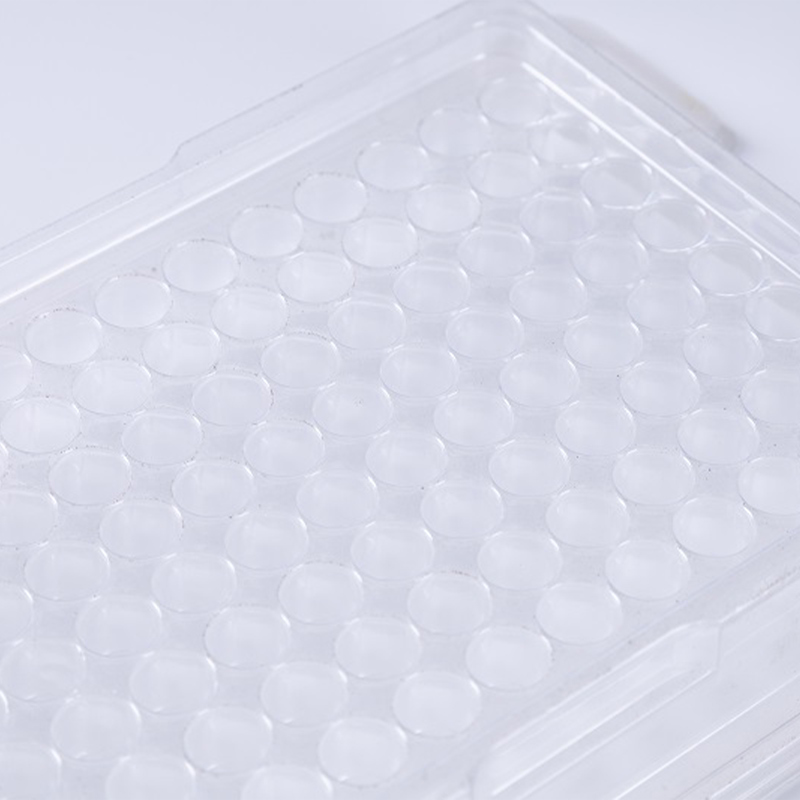Vacuum Plasitc Blister Packaging
Many kinds of transparent plastic material can be choosed in plastic blister packaging like pc, pet, pvc and petg, etc.
Plastic blister packaging is generally used in food packing, industrial products packing.
Many kinds of transparent plastic material can be choosed in plastic blister packaging like pc, pet, pvc and petg, etc.
Plastic blister packaging is generally used in food packing, industrial products packing.
The material thickness of plastic blister packaging is about 0.3mm to 2mm.
Plastic blister packaging can be reused many times if the thickness is more thicker than 0.8mm.
Details
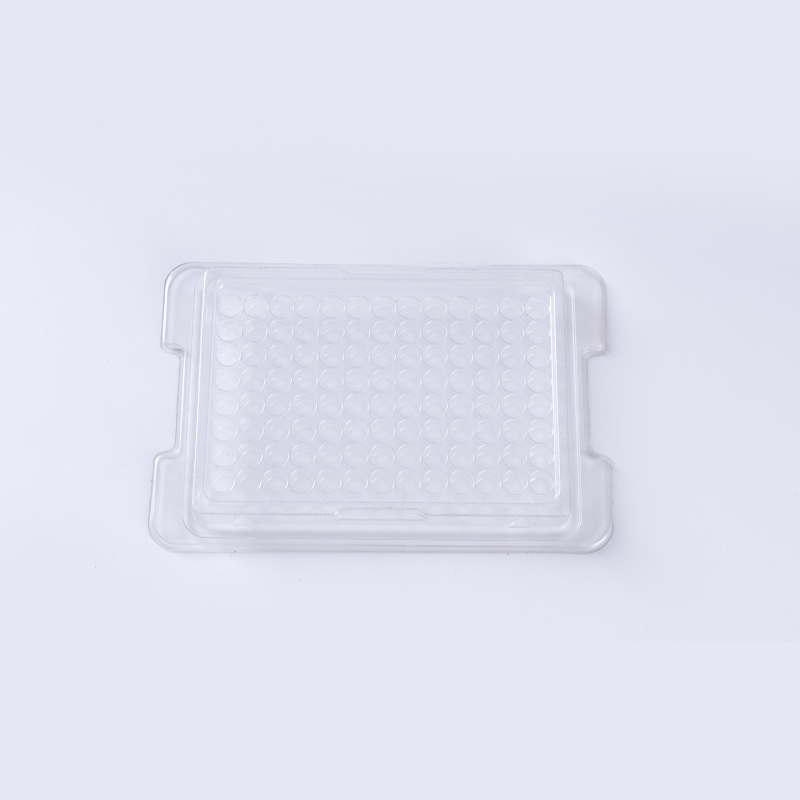
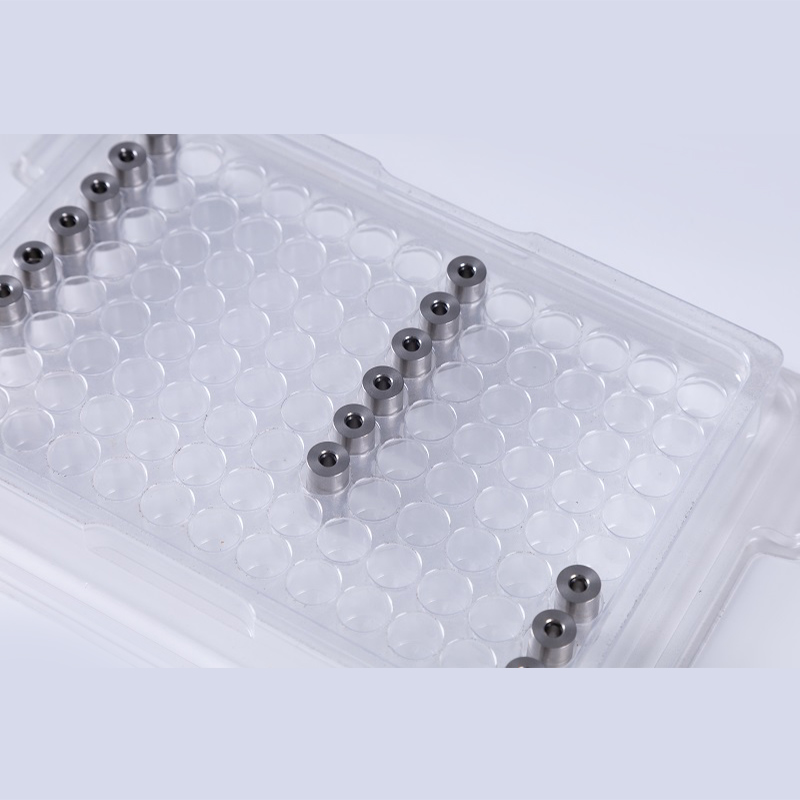
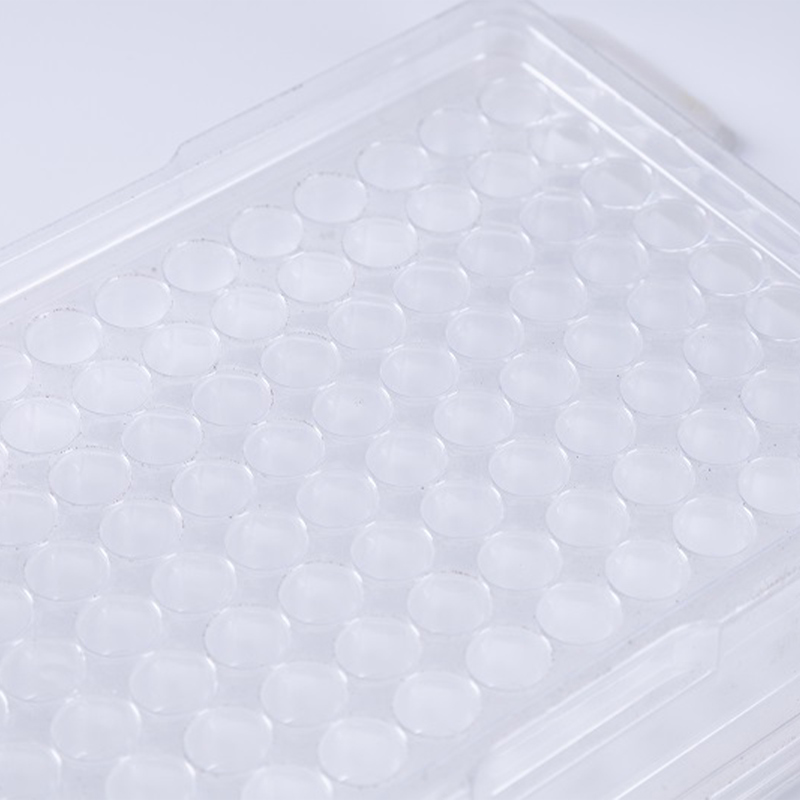
1. Introduction to Vacuum Blister Packaging
Plastic blister packaging is one of the most versatile and widely used forms of plastic packaging across various industries. Plastic packaging is designed to securely hold products, protect them from damage, and provide clear visibility for consumers. Vacuum blister packaging, a popular type of plastic packaging, uses vacuum-forming technology to mold plastic packaging around a product, creating a durable and protective blister that holds the item securely in place. This type of plastic packaging is ideal for both retail display and shipping purposes, offering both security and enhanced visibility.
The advantages of vacuum blister packaging in plastic packaging are immense. It ensures that the product remains securely housed, preventing movement that could lead to damage. The vacuum blister packaging is transparent, offering a perfect view of the product, which enhances the customer experience, especially in retail environments. Plastic blister packaging is designed to be tamper-evident, further enhancing the security of the packaged goods.
2. Manufacturing Process of Vacuum Blister Packaging
The process of creating vacuum blister packaging involves several key steps to ensure that the plastic packaging is durable, secure, and aesthetically appealing:
1. Material Selection
The first step in producing vacuum blister packaging is choosing the right material. Plastic blister packaging can be made from various plastics, including PVC (Polyvinyl Chloride), PET (Polyethylene Terephthalate), HIPS (High-Impact Polystyrene), and PP (Polypropylene). These materials are selected based on factors such as transparency, strength, flexibility, and recyclability. The material chosen will play a key role in the overall performance of the plastic blister packaging.
2. Heating and Forming
Once the material is chosen, it is heated until it becomes pliable. The plastic packaging material is then placed over a mold, and a vacuum is applied to shape the material around the product. This process ensures that the vacuum blister packaging fits the product securely, creating a precise and protective mold that holds the product in place, a key benefit of plastic packaging.
3. Cooling and Cutting
After the plastic packaging has been molded into the desired shape, it is cooled and trimmed to remove any excess material. The vacuum blister packaging is now ready for the sealing process.
4. Sealing and Assembly
The final step in producing vacuum blister packaging involves sealing the product in place. This is usually done using heat sealing, radio-frequency (RF) sealing, or adhesive bonding. Once sealed, the plastic packaging ensures that the product stays securely inside, preventing tampering and contamination. The sealed plastic blister packaging is an effective solution for maintaining the integrity of the product.
5. Quality Control
Every batch of plastic blister packaging undergoes strict quality control checks. The package is inspected for durability, clarity, and fit. Vacuum blister packaging must meet industry standards to ensure the product is protected during transportation and storage, guaranteeing the safety and quality of the packaged goods.
3. Materials Used in Plastic Blister Packaging
The materials used in vacuum blister packaging play a crucial role in determining its effectiveness. Different materials offer specific advantages depending on the intended use:
PVC (Polyvinyl Chloride): A popular choice for plastic blister packaging due to its clarity, flexibility, and ease of forming. PVC is widely used in consumer electronics and retail applications for its transparency and strength, making it an ideal choice in plastic packaging.
PET (Polyethylene Terephthalate): Known for its recyclability, PET is an eco-friendly choice for vacuum blister packaging. It is commonly used for food packaging, medical packaging, and eco-conscious consumer goods. Plastic packaging made from PET is often preferred due to its sustainability.
HIPS (High-Impact Polystyrene): HIPS is highly durable and impact-resistant, making it ideal for plastic blister packaging in industrial and automotive sectors. It is often used to package small parts and components, a key application of plastic packaging.
PP (Polypropylene): Polypropylene is used for food-grade plastic packaging, offering excellent moisture resistance. It is commonly used in packaging products that require extra protection from contaminants, a feature that is highly beneficial in vacuum blister packaging.
Each material used in vacuum blister packaging ensures the packaged product remains safe from external elements, while providing durability, clarity, and visual appeal. The choice of material directly impacts the quality of the plastic packaging.
4. Applications of Vacuum Blister Packaging
Plastic blister packaging is used across a broad range of industries due to its versatile nature. Vacuum blister packaging serves many purposes, including product protection, clear display, and tamper resistance:
4.1 Consumer Electronics
Vacuum blister packaging is often used to package small consumer electronics like headphones, batteries, and chargers. The plastic blister packaging keeps the product safe from damage while offering clear visibility, which is important for retail sales. This makes plastic packaging ideal for showcasing electronics in a retail environment.
4.2 Pharmaceuticals and Medical Packaging
In the pharmaceutical industry, plastic blister packaging is essential for securely packaging tablets, capsules, syringes, and other medical products. Vacuum blister packaging provides an airtight seal, ensuring that the product remains sterile and tamper-proof, which is critical for medical plastic packaging.
4.3 Food Packaging
Plastic blister packaging is also widely used in the food industry for packaging items like meat, vegetables, and prepared foods. The vacuum blister packaging helps preserve the freshness of the product by preventing contamination and prolonging shelf life. In the food industry, plastic packaging plays a crucial role in food safety and preservation.
4.4 Retail and Toy Packaging
For toys, tools, and household products, vacuum blister packaging provides a cost-effective and secure way to display items in retail stores. The clear nature of plastic blister packaging allows customers to see the product before purchasing, increasing the appeal and visibility of the item. This makes plastic packaging an effective solution for retail display.
4.5 Industrial Packaging
Plastic blister packaging is used in industrial applications to store and transport small parts such as bolts, nuts, washers, and other mechanical components. Vacuum blister packaging helps protect these items from dust and moisture, ensuring they arrive in optimal condition. Plastic packaging solutions like vacuum blister packaging are essential for safe storage and transport.
5. Benefits of Vacuum Blister Packaging
5.1 Excellent Protection
Impact Resistance: Vacuum blister packaging offers superior protection from impacts, ensuring that products remain undamaged during shipping and handling.
Tamper Resistance: Plastic blister packaging is designed to be tamper-evident, which adds an extra layer of security to products, making it difficult for items to be accessed without showing clear signs of tampering.
Contamination Protection: Plastic packaging creates a sealed barrier that protects products from dust, moisture, and dirt, ensuring that the product stays in pristine condition until it reaches the consumer.
5.2 Cost-Effectiveness
Affordable Production: Vacuum blister packaging is a cost-effective solution, particularly for large-scale manufacturing. The materials used in plastic blister packaging are relatively inexpensive, and the production process is highly efficient.
Material Efficiency: The vacuum blister packaging process ensures minimal material waste, making it a sustainable and cost-effective choice for companies looking to reduce production costs.
5.3 Customizability
Tailored Shapes and Sizes: One of the key advantages of plastic blister packaging is its ability to be customized. Manufacturers can create vacuum blister packaging in a variety of shapes and sizes to perfectly fit the product.
Branding Opportunities: Plastic blister packaging can be printed with branding, product information, and promotional content, allowing companies to enhance their marketing efforts through packaging.
5.4 Environmental Benefits
Recyclable Materials: Many forms of plastic blister packaging use recyclable materials such as PET and PVC, which can be reused and recycled, reducing the environmental impact of packaging waste.
Reduced Plastic Use: Vacuum blister packaging uses less plastic than traditional rigid packaging, helping to reduce overall material consumption.
6. Future Trends in Vacuum Blister Packaging
6.1 Smart Packaging
As technology advances, vacuum blister packaging is expected to incorporate smart features like RFID tags or QR codes. This will enable manufacturers to track products through the supply chain, improve inventory management, and provide customers with more information about the product.
6.2 Sustainable Alternatives
With growing concerns about environmental impact, the future of plastic packaging may see a shift toward biodegradable and compostable materials. Vacuum blister packaging made from these sustainable materials will help reduce plastic waste and contribute to greener packaging solutions.
6.3 Enhanced Functionalities
Future plastic blister packaging may feature more advanced functionality, including child-resistant designs, better sealing technologies, and improved tamper-evident features.
Tags
Get the latest price? We will reply as soon as possible (within 12 hours)

